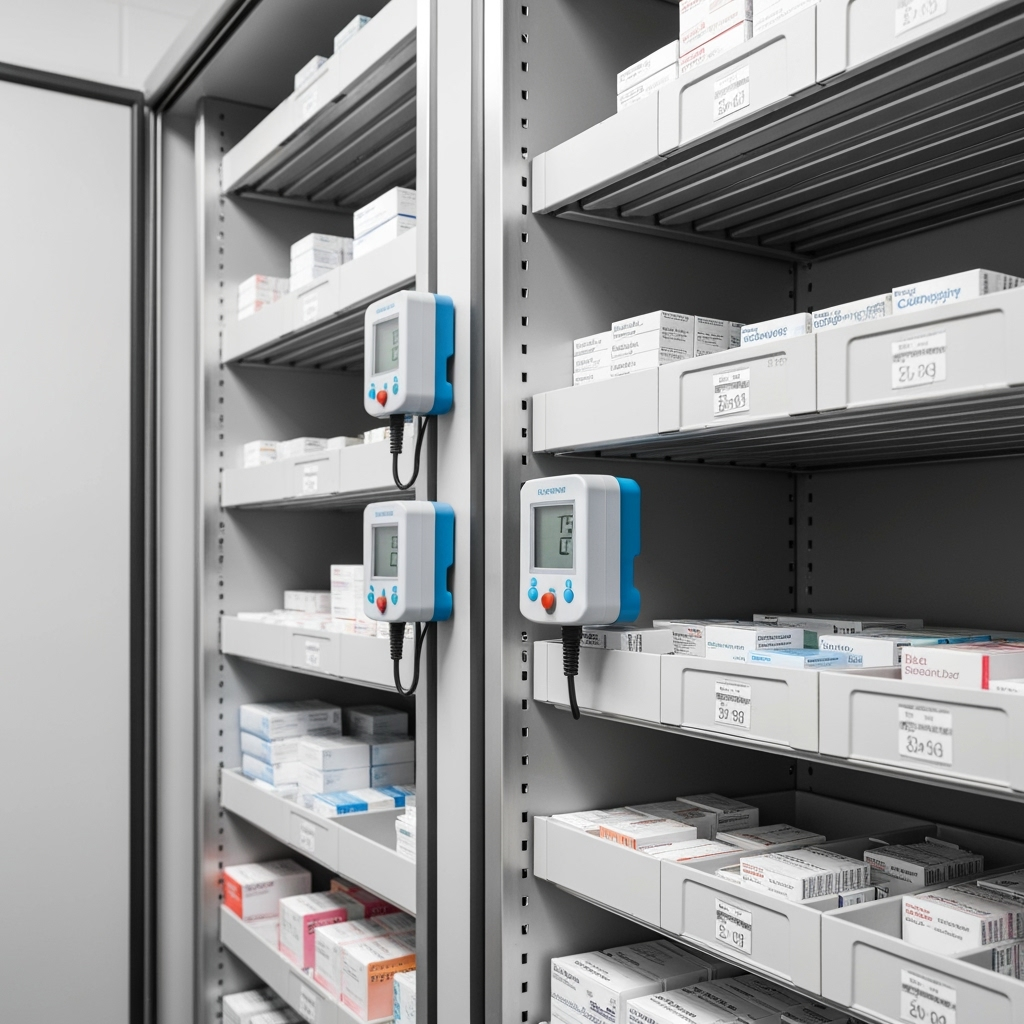
The Growing Need for Medical Supply Storage in Telehealth
As telehealth services continue to expand, healthcare providers and medical professionals are facing new challenges in managing and storing medical supplies and equipment. Climate-controlled storage solutions have become essential for maintaining the integrity of medical supplies while ensuring compliance with healthcare regulations.
Why Climate-Controlled Storage is Critical for Medical Supplies
Medical supplies and pharmaceuticals require specific storage conditions to maintain their effectiveness and safety. Temperature fluctuations, humidity, and environmental factors can significantly impact the quality and reliability of medical supplies. Climate-controlled storage units offer:
- Consistent temperature regulation
- Humidity control
- Protection from environmental contaminants
- Secure access for healthcare professionals
Setting Up Your Medical Supply Storage System

Creating an efficient storage system for medical supplies requires careful planning and organization. Here’s how to optimize your climate-controlled storage space:
1. Temperature Monitoring and Control
Install reliable temperature monitoring systems and maintain detailed records of environmental conditions. Many medical supplies require storage between 68-77°F (20-25°C).
2. Inventory Management
Implement a robust inventory tracking system to:
- Monitor expiration dates
- Track stock levels
- Maintain proper rotation of supplies
- Ensure compliance with healthcare regulations
3. Organization and Accessibility
Organize supplies using:
- Clear labeling systems
- Dedicated zones for different types of supplies
- Easy-to-clean shelving units
- Proper spacing for air circulation
Compliance and Safety Considerations
Healthcare providers must ensure their storage solutions meet various regulatory requirements:
- HIPAA compliance for medical records and patient information
- FDA guidelines for pharmaceutical storage
- State-specific healthcare storage regulations
- Safety protocols for controlled substances
Choosing the Right Storage Unit Size
Consider these factors when selecting a storage unit for medical supplies:
- Current inventory volume
- Growth projections
- Access frequency requirements
- Emergency supply storage needs
Best Practices for Long-term Storage
Maintain the quality of your medical supplies with these long-term storage practices:
- Regular temperature and humidity monitoring
- Monthly inventory audits
- Quarterly cleaning and organization
- Updated emergency protocols
Emergency Access Planning
Develop comprehensive plans for:
- 24/7 emergency access procedures
- Backup power systems
- Alternative storage options
- Supply chain disruption protocols
Cost-Effective Storage Solutions
Maximize your storage investment by:
- Choosing appropriate unit sizes
- Implementing efficient organization systems
- Maintaining proper inventory levels
- Utilizing vertical storage space
Conclusion
Climate-controlled storage solutions are essential for maintaining the quality and safety of medical supplies in the growing telehealth industry. By following proper storage protocols and maintaining organized systems, healthcare providers can ensure their supplies remain safe and effective for patient care.










Leave a Reply